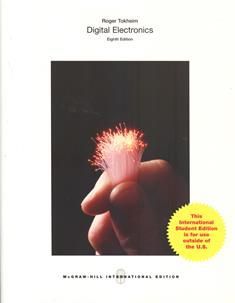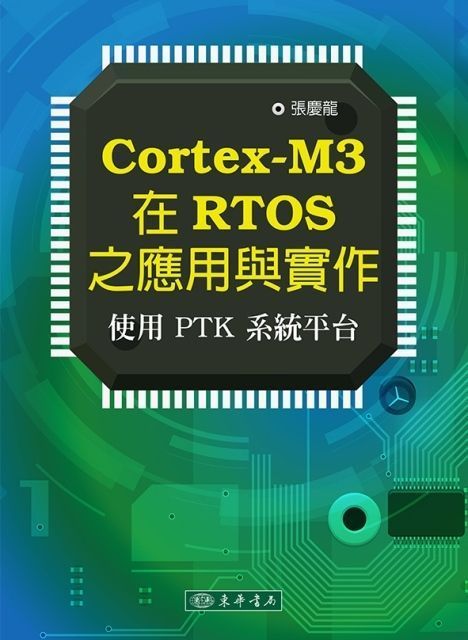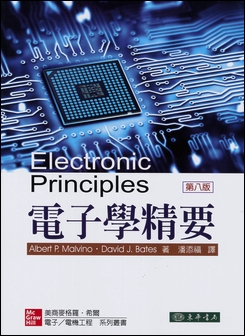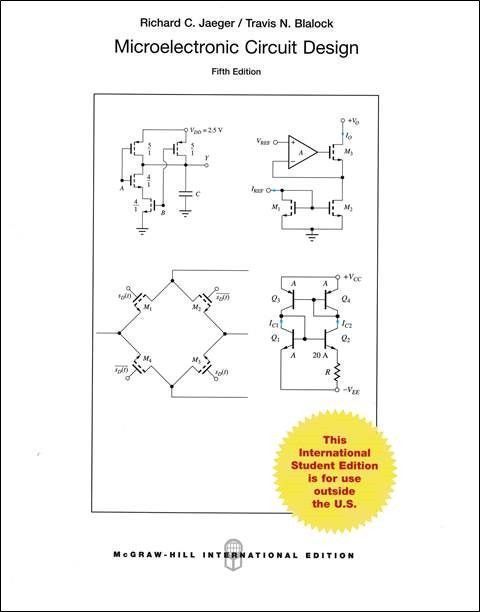書籍分類

Digital Electronics: Principles and Applications 8/e
作者:Roger Tokheim
原價:NT$ 1,000
ISBN:9781259060922
版次:8
年份:2014
出版商:McGraw-Hill
頁數/規格:560頁/平裝彩色
版次:8
年份:2014
出版商:McGraw-Hill
頁數/規格:560頁/平裝彩色
內容介紹 本書特色 目錄
- Description
The eighth edition of Digital Electronics: Principles and Applications provides a concise, modern approach to this fascinating subject. It has been written so that a so that a student needs no prior knowledge of electrical theory and principles and at a level that allows students with limited math and reading skills can gain a clear understanding of concepts and application covered in a digital electronics course. The textbook has been noted for its easy-to-read style and colorful illustrations. It is ideal for a wide range of electronics courses, especially programs in which students must learn the essentials and quickly apply them to real job situations.






